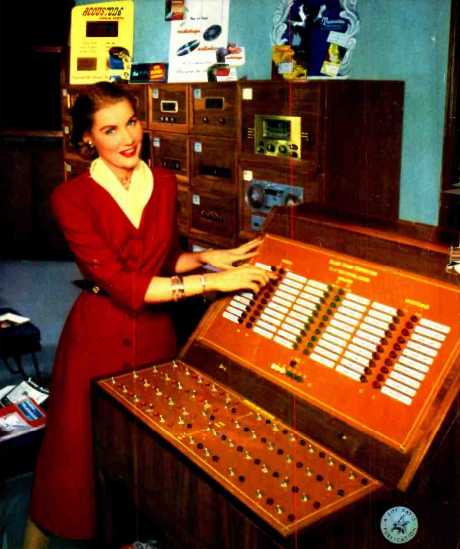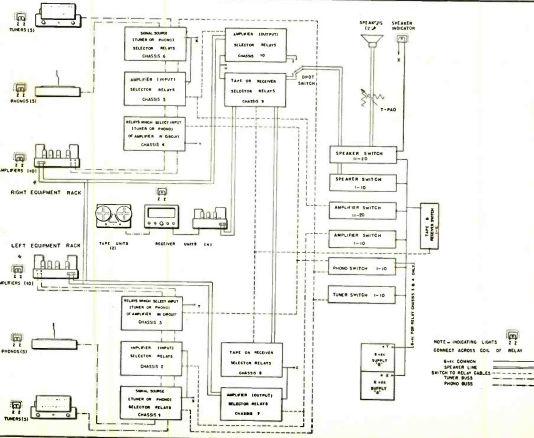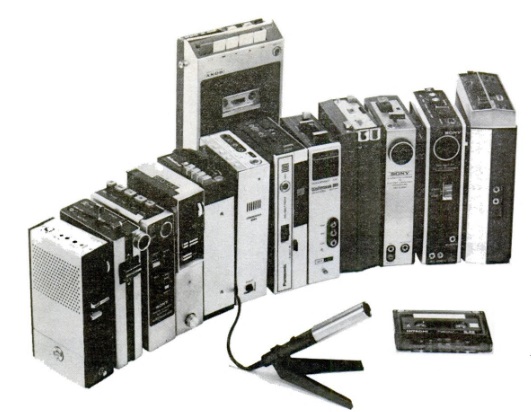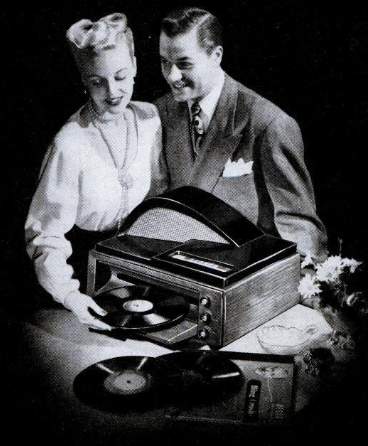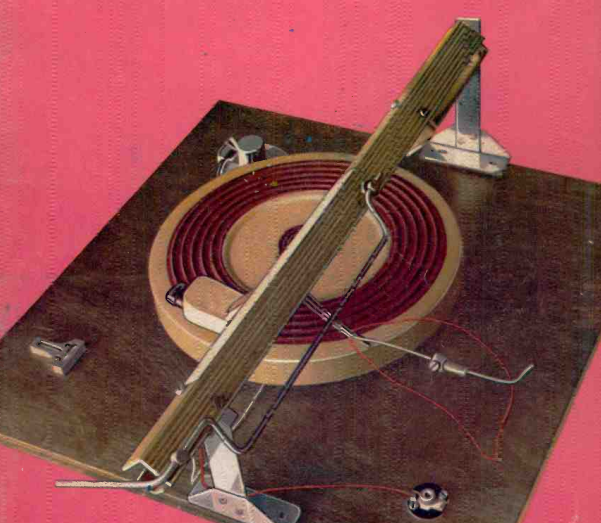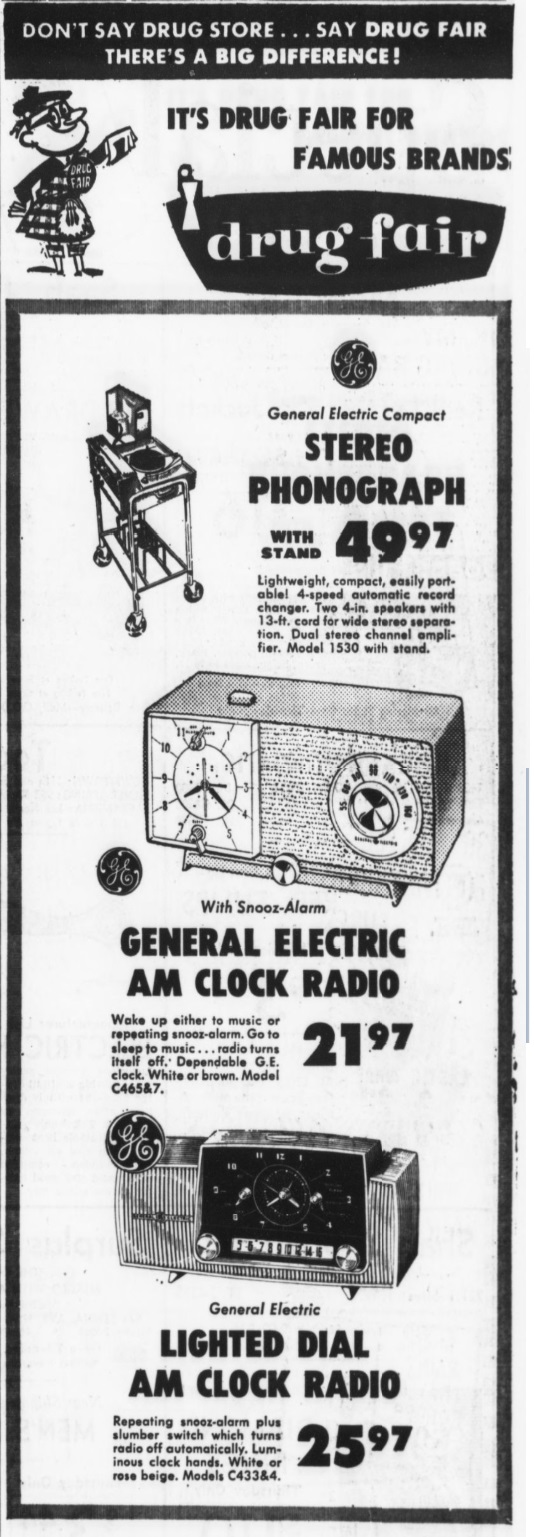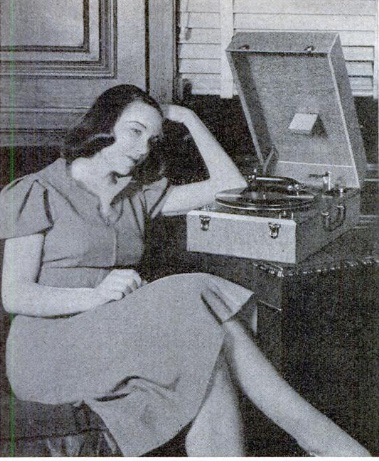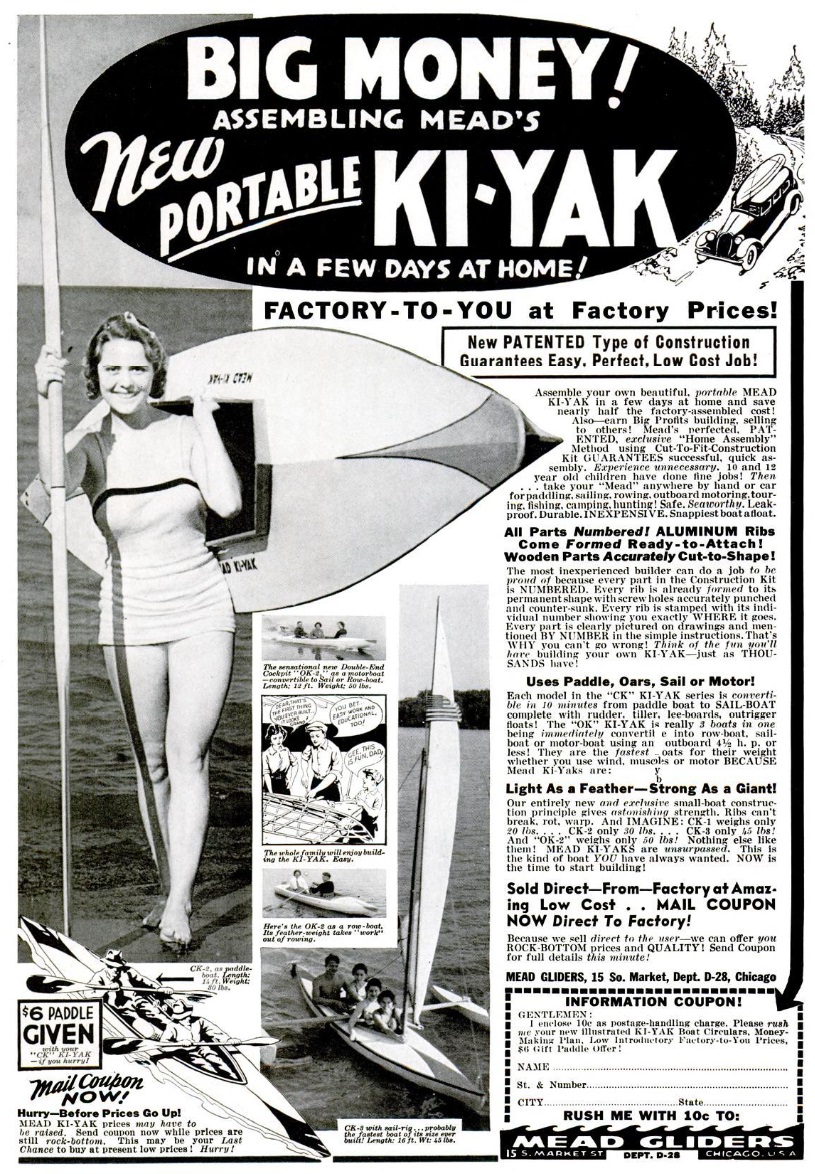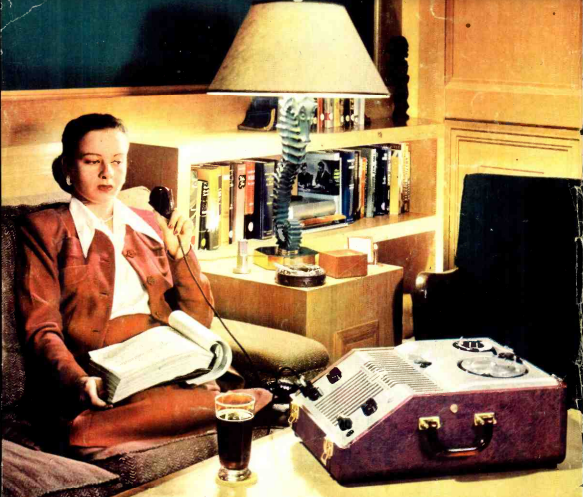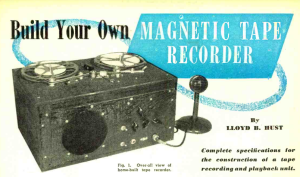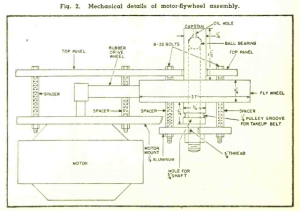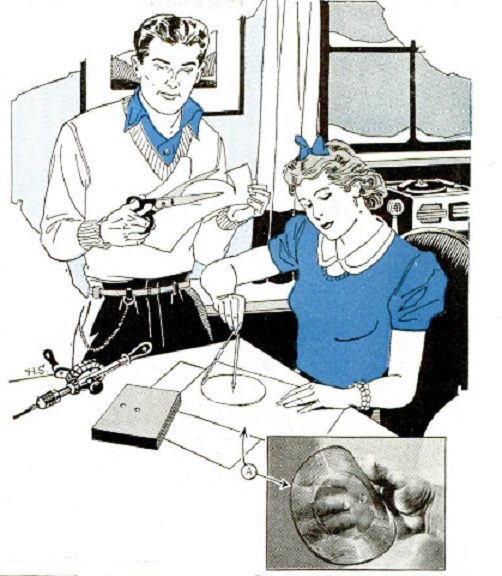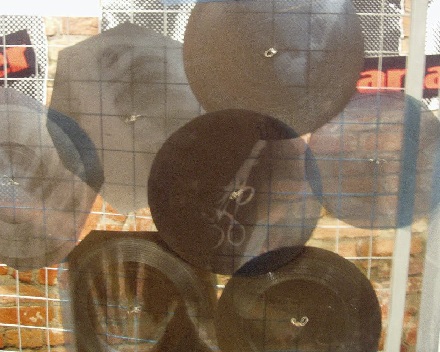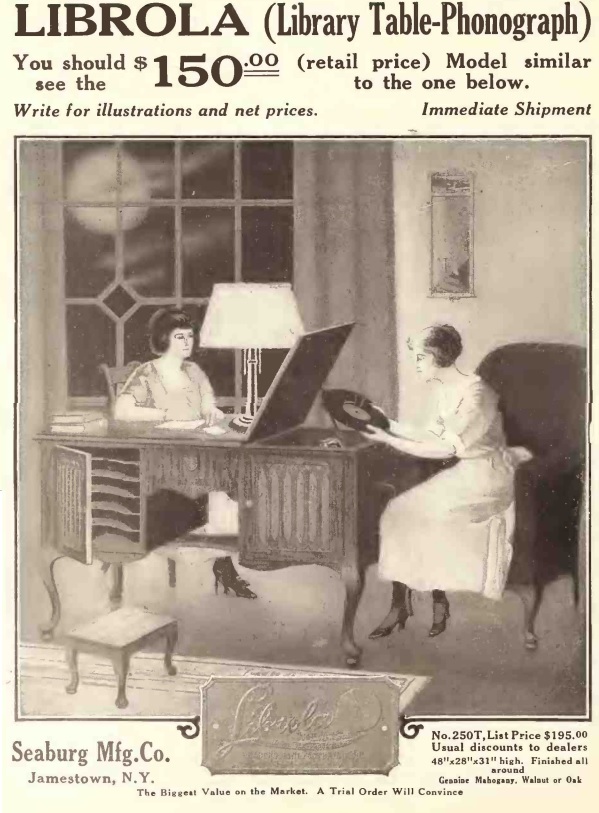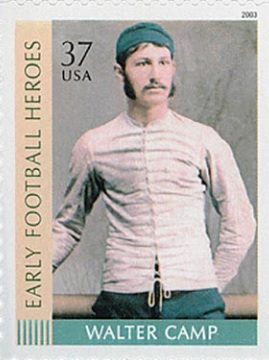 Disclaimer: Don’t get fitness advice from random bloggers, talk to your doctor before starting any exercise program, and please don’t sue us if you get hurt exercising.
Disclaimer: Don’t get fitness advice from random bloggers, talk to your doctor before starting any exercise program, and please don’t sue us if you get hurt exercising.
We previously wrote about Walter Camp’s Daily Dozen, an exercise regimen devised and promoted by Walter Camp, American football player and coach. When the U.S. Army discovered that many conscripts in World War I were badly out of shape, it turned to Camp to come up with an exercise program for sedentary city boys. He came up with the “Daily Dozen,” a series of twelve simple exercises that could be performed in about twenty minutes. Camp also recommended an hour of outdoor play, but the Daily Dozen were seen as a method of getting ready for the day. Camp had observed zoo animals who, like office workers, were unnaturally confined, and his exercises mimicked some of the stretches he had seen these animals instinctively perform.
I recently suffered a broken arm, and as a result, was sent to physical therapy to get the function back. They gave me exercises to do, and as an old out-of-shape sedentary person, I did get in the habit of exercising. When my physical therapy ended, I decided that I ought to take some small step to remain active. And since I had written about an exercise program, I figured that one was as good as any.
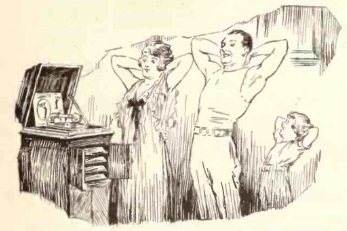 As we previously wrote, Camp produced a set of records with his exercises. While a band plays, Camp barks out his instructions, and you exercise along with the record player. Undoubtedly, Camp was standing next to the band as it played, shouting his commands into the cone of the recording equipment. So a few months ago, I decided to start doing the Daily Dozen. Human physiology hasn’t changed much in the last hundred years, and if Camp could make people more fit in 1922, there’s no reason why he can’t do the same thing today.
As we previously wrote, Camp produced a set of records with his exercises. While a band plays, Camp barks out his instructions, and you exercise along with the record player. Undoubtedly, Camp was standing next to the band as it played, shouting his commands into the cone of the recording equipment. So a few months ago, I decided to start doing the Daily Dozen. Human physiology hasn’t changed much in the last hundred years, and if Camp could make people more fit in 1922, there’s no reason why he can’t do the same thing today.
Even though the exercises are very simple, the 20 minute routine does seem to have a positive effect on my health. For one thing, it has gotten easier after a few months. At first, it wasn’t exactly hard, but it did seem like drudgery. But as time goes by, the routine goes quickly, and quite easy. I do feel more energetic after doing it. And more importantly, I’ve noticed that if I miss doing it for one day, I don’t really feel as well the next day. So it doesn’t do any harm, and it’s probably a benefit. I also try to take Camp’s advice and do some outdoor recreation every day.
If you want to give it a try, Camp’s 1922 record set is available on YouTube:
If you want to see the exercises being done, you can see them in this video. You can find a modern-day discussion and critique in this book at Amazon. You can also find Camp’s own book at this link at Google Books. You’ll notice that the exercises in the videos and books are somewhat different, as the plan changed a bit over the years. I’ve been following the plan from the 1922 record set.
If you’re looking for a modest exercise program to start getting yourself back into some semblance of physical fitness, then you can’t really go wrong with the Daily Dozen.
Some links on this site are affiliate links, meaning that this site earns a small commission if you make a purchase after using the link.

